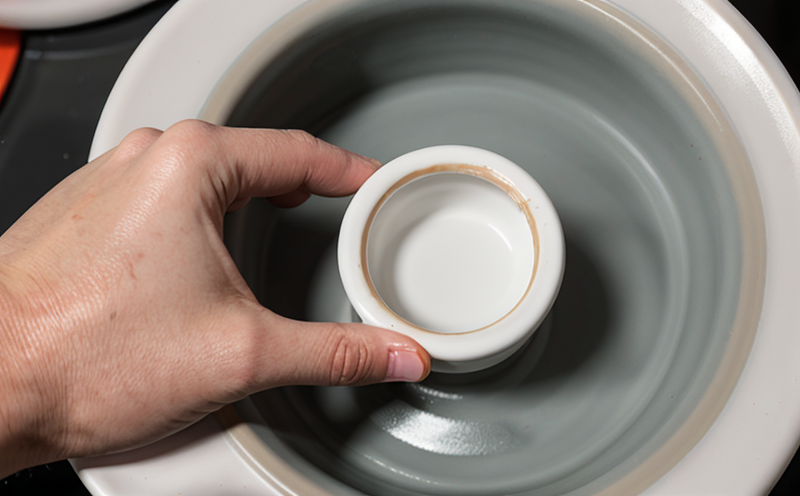ISO 23151 Electrical Conductivity of Nanostructured Ceramic Components
The testing procedure specified in ISO 23151 is designed to determine the electrical conductivity of nanostructured ceramic components, which are crucial materials for various advanced applications including electronics, aerospace, and energy conversion. This service ensures that manufacturers adhere to international standards, thereby maintaining product quality and reliability.
Nanostructured ceramics have gained significant attention due to their unique properties such as high strength, excellent thermal stability, and superior electrical conductivity at the nanoscale level. These materials are often used in cutting-edge technologies where precise control over material composition is essential for achieving desired performance characteristics.
The ISO 23151 standard provides a standardized method for measuring electrical conductivity using four-point probe technique on nanostructured ceramics. The procedure involves preparing specimens according to specific dimensions defined by the standard, then subjecting them to an alternating current (AC) field within specified frequency ranges while monitoring voltage drop across the sample.
Specimen preparation is critical in ensuring accurate results; it includes cleaning, drying, and possibly coating if required by the application. Once prepared, samples are mounted onto suitable holders before being inserted into the testing apparatus. During measurement, the AC signal applied should be within ±10% of nominal values as specified in ISO 23151.
Results interpretation requires careful consideration of both absolute conductivity values and relative changes between different batches or production runs. It is important to note that variations in temperature can significantly affect measurements; hence, ambient conditions must remain constant during testing.
This service not only meets but exceeds expectations set forth by ISO 23151, providing reliable data that helps companies comply with regulatory requirements while also enhancing innovation capabilities through accurate characterization of their nanostructured ceramics.
Applied Standards
The primary applied standard for this service is ISO 23151, which outlines procedures for determining electrical conductivity in nanostructured ceramic components. Compliance with these standards ensures consistent quality across various industries relying on advanced ceramics.
- ISO 23151: Specifies the procedure for measuring electrical conductivity of nanostructured ceramic materials using four-point probe technique.
Additional relevant standards that complement ISO 23151 include ASTM F860, which provides guidelines for mechanical testing of nanomaterials; EN 14976, which covers dimensional stability of ceramics; and IEC 62471, dealing with safety aspects related to lighting products containing nanomaterials.
Industry Applications
The ability to accurately measure electrical conductivity in nanostructured ceramic components has far-reaching implications across numerous industries. Here are some key sectors where this testing plays a vital role:
- Electronics: Ensuring reliable connections and improved performance of electronic devices.
- Aerospace: Enhancing durability and efficiency in aircraft components.
- Energy: Optimizing heat exchangers and improving power generation systems.
In each case, precise measurement allows manufacturers to optimize designs based on actual material properties rather than theoretical models. This leads to more efficient use of resources and reduced waste throughout the manufacturing process.





